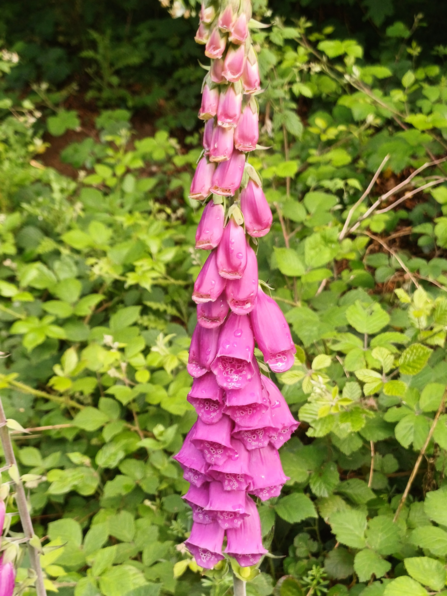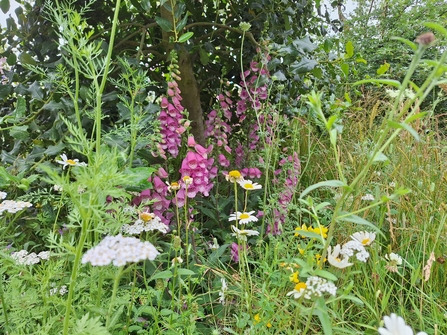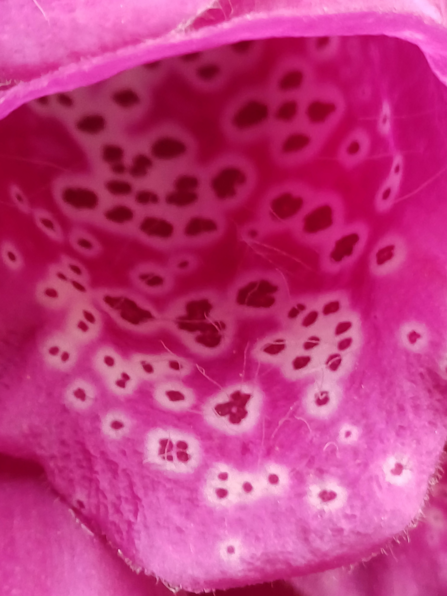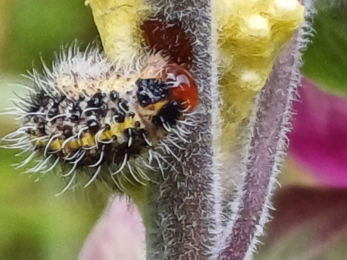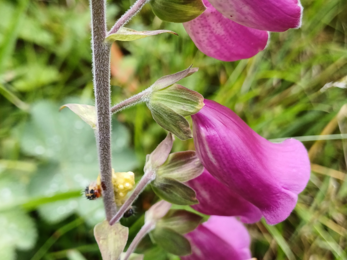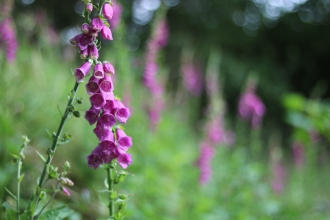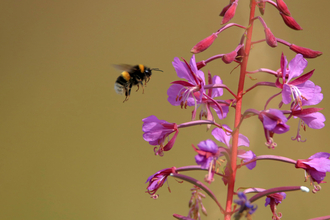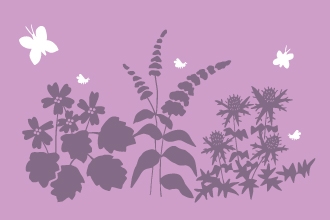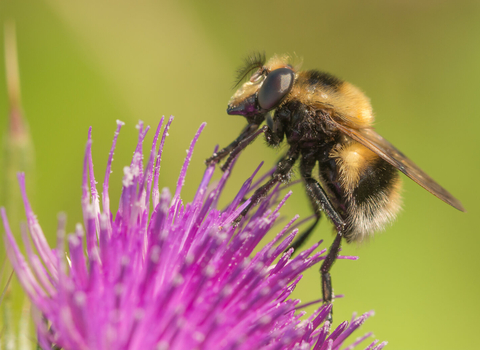Digitalis purpurea, or the common foxglove, is classified as a short-lived perennial which self-seeds with abundance to continue its cycle of growth. In fact, the true classification of the flowering cycle falls into biennial or short-lived perennial (monocarpic), with the plant flowering in its second year and setting seed only once, and then dying.
The common foxglove belongs to the family of plantains, Plantaginaceae; and is found across Europe, western Asia, and north west Africa. These are the weeds you may sometimes see in lawns or verges, with broad, thick leathery leaves and stems which can take any treading from a size 10 boot!


